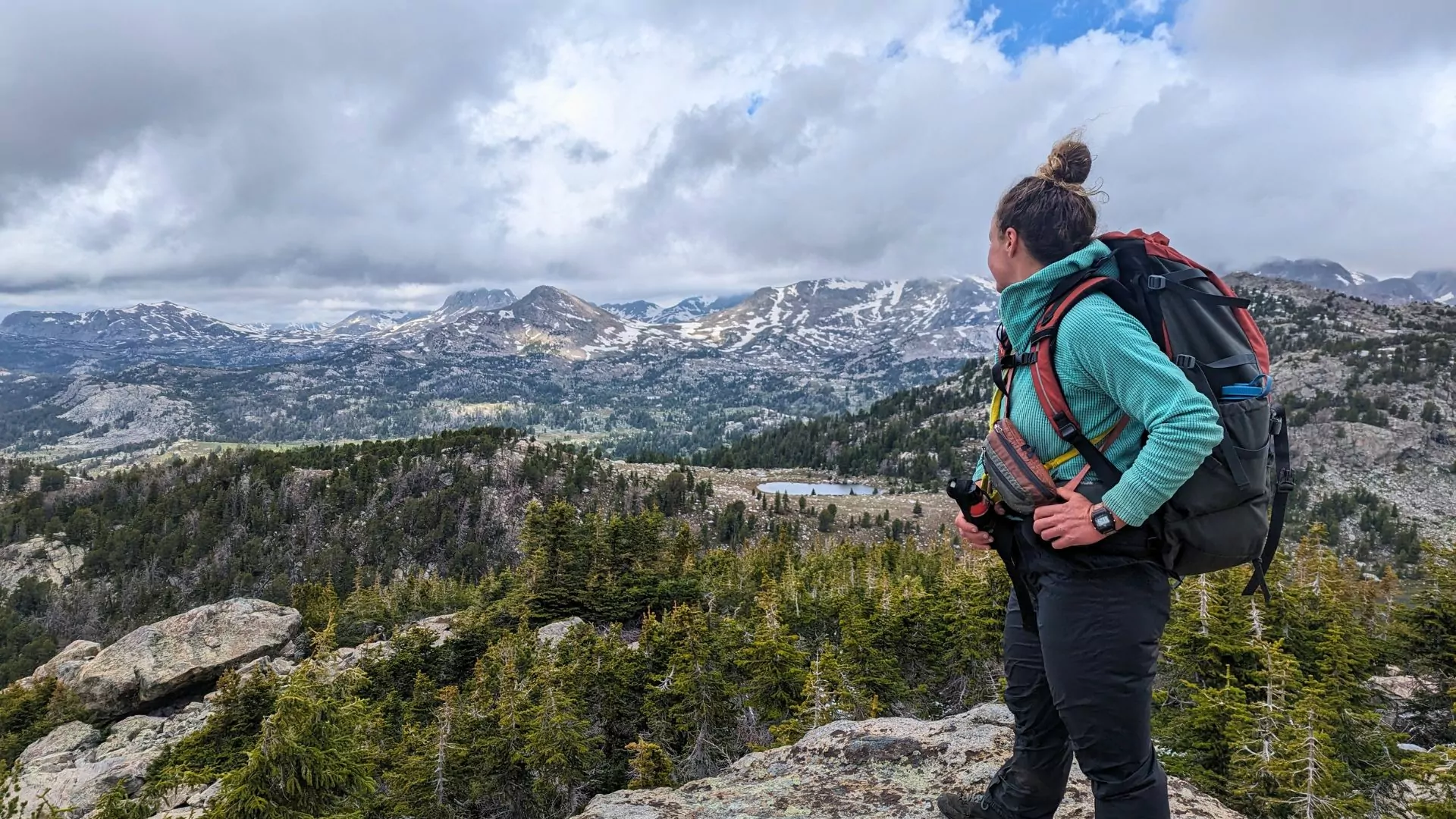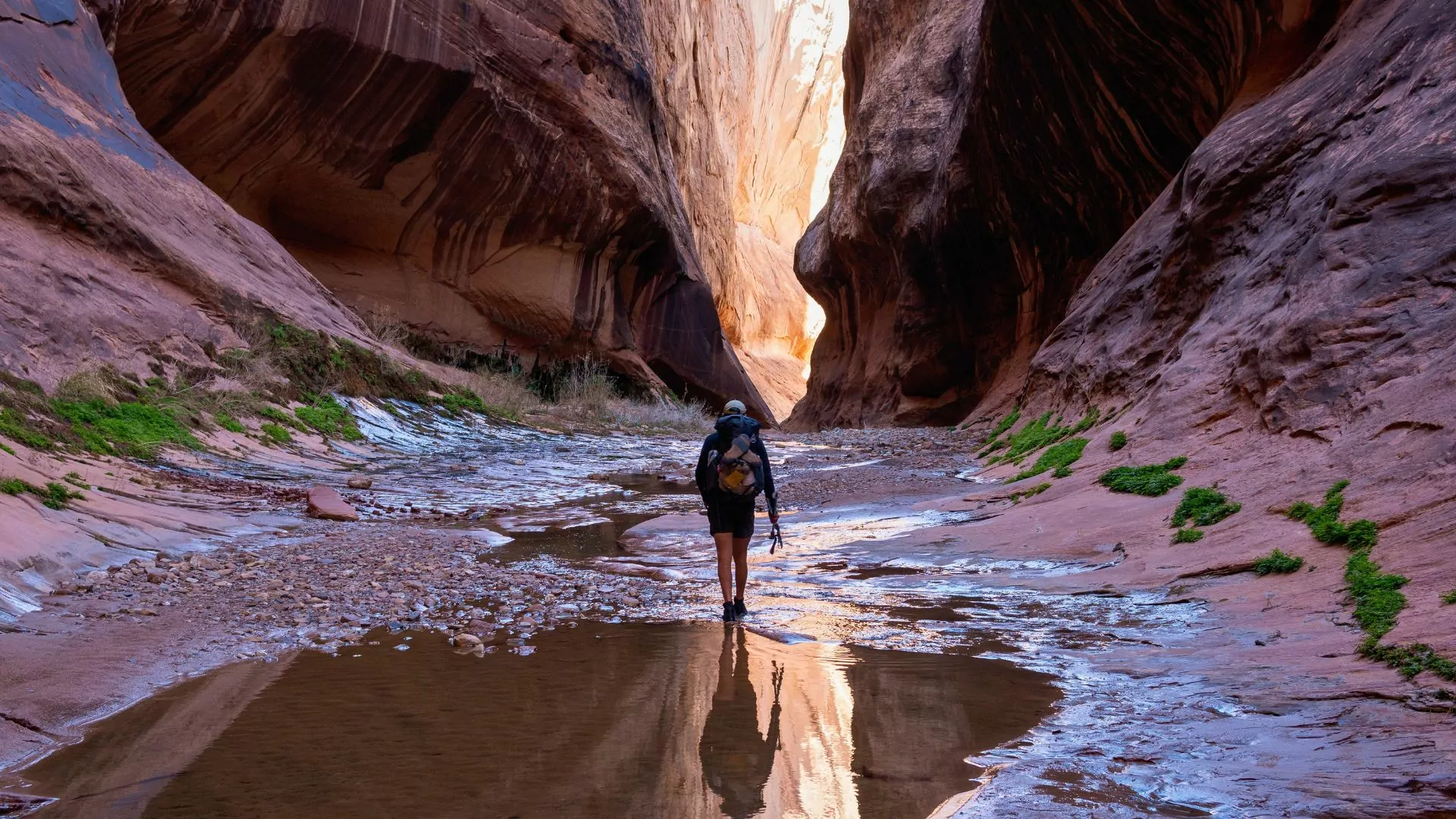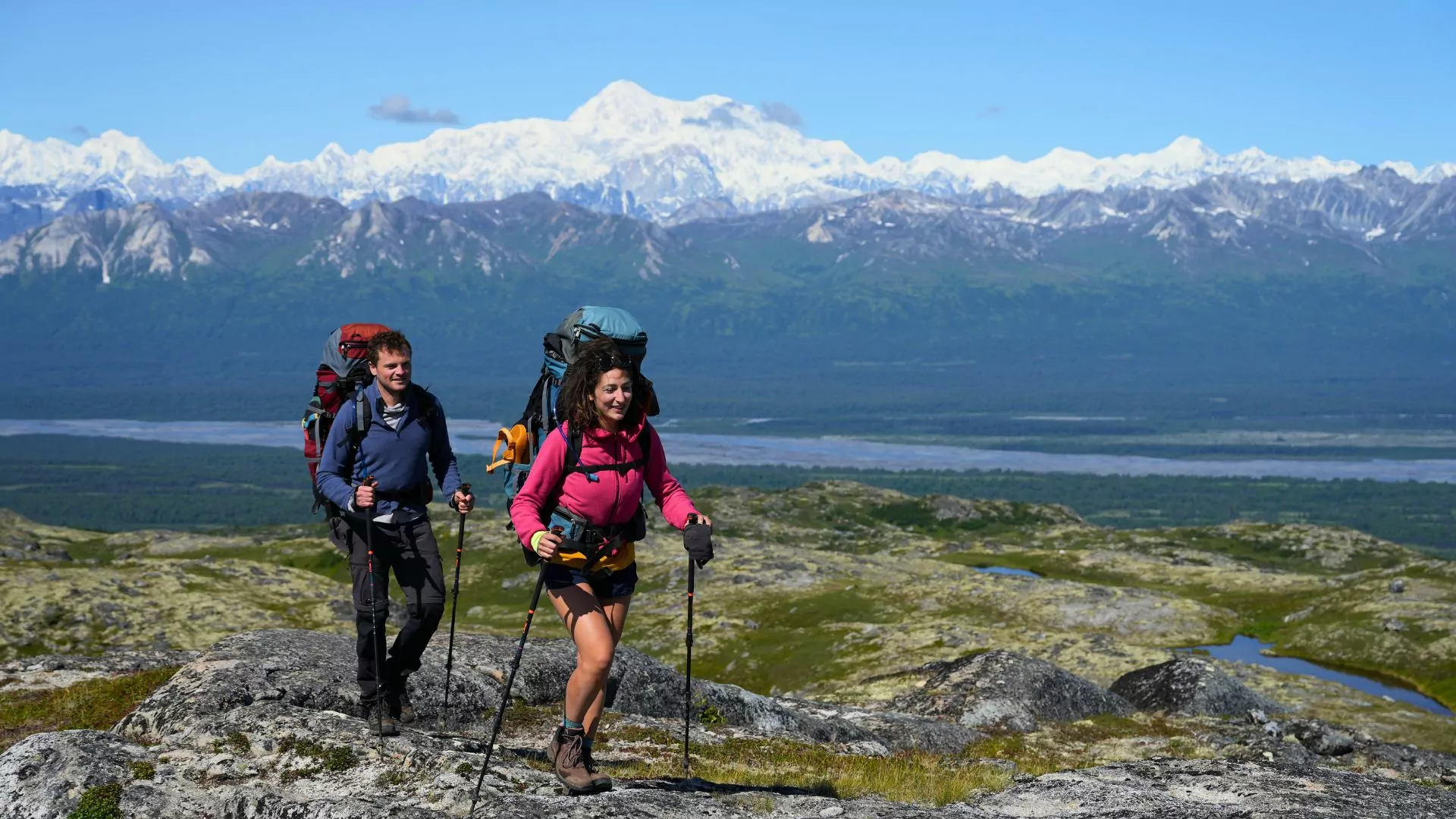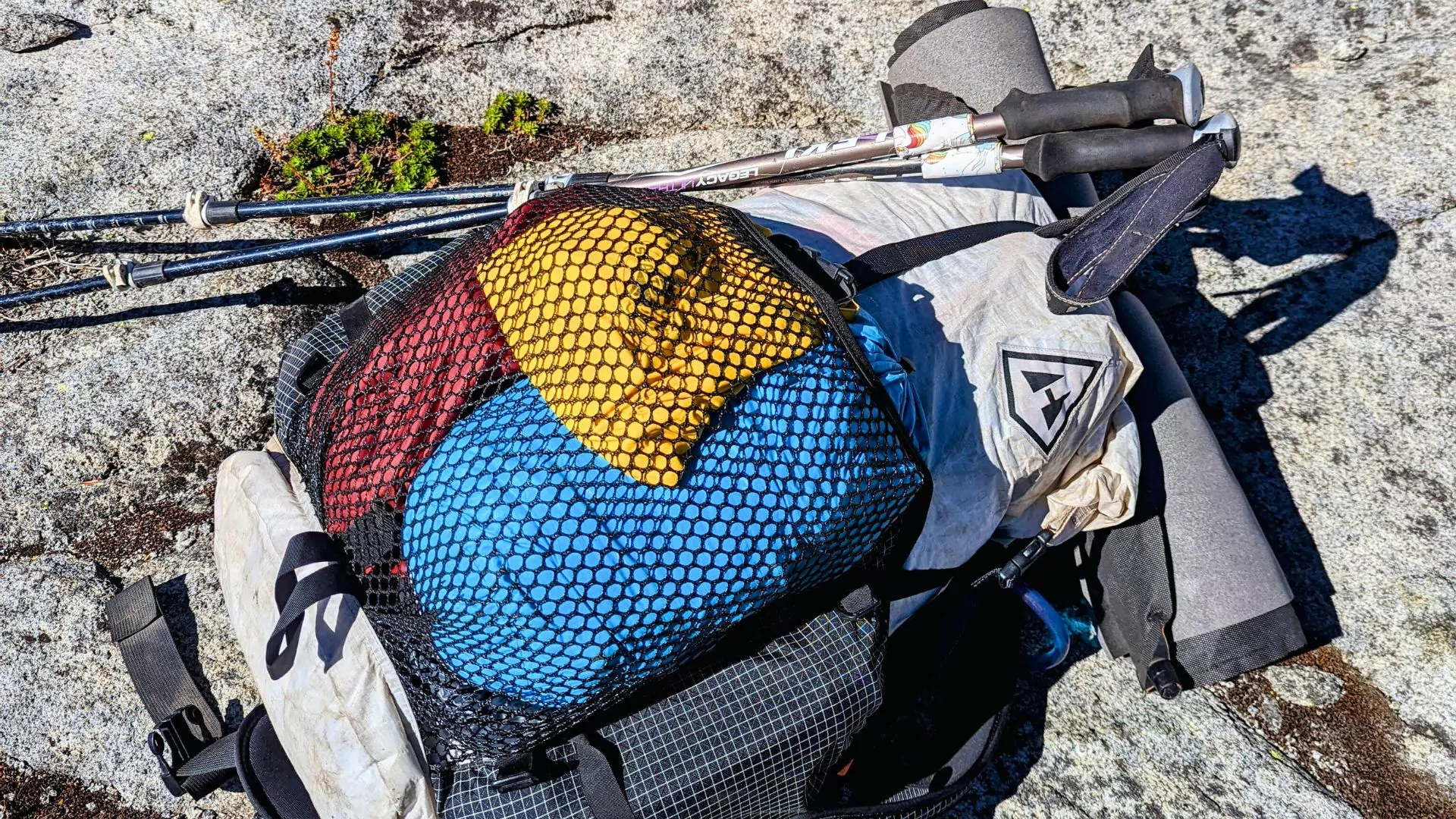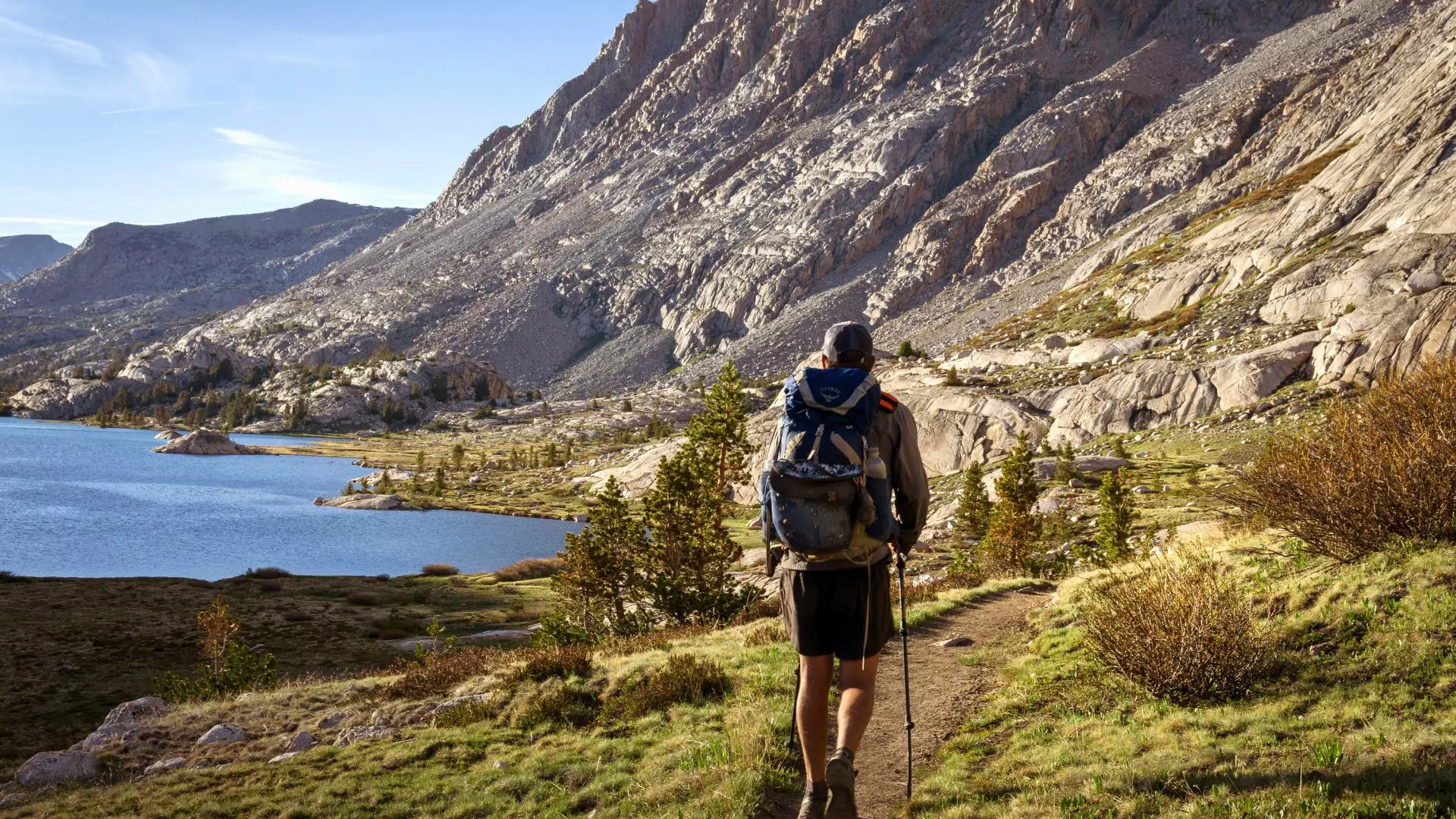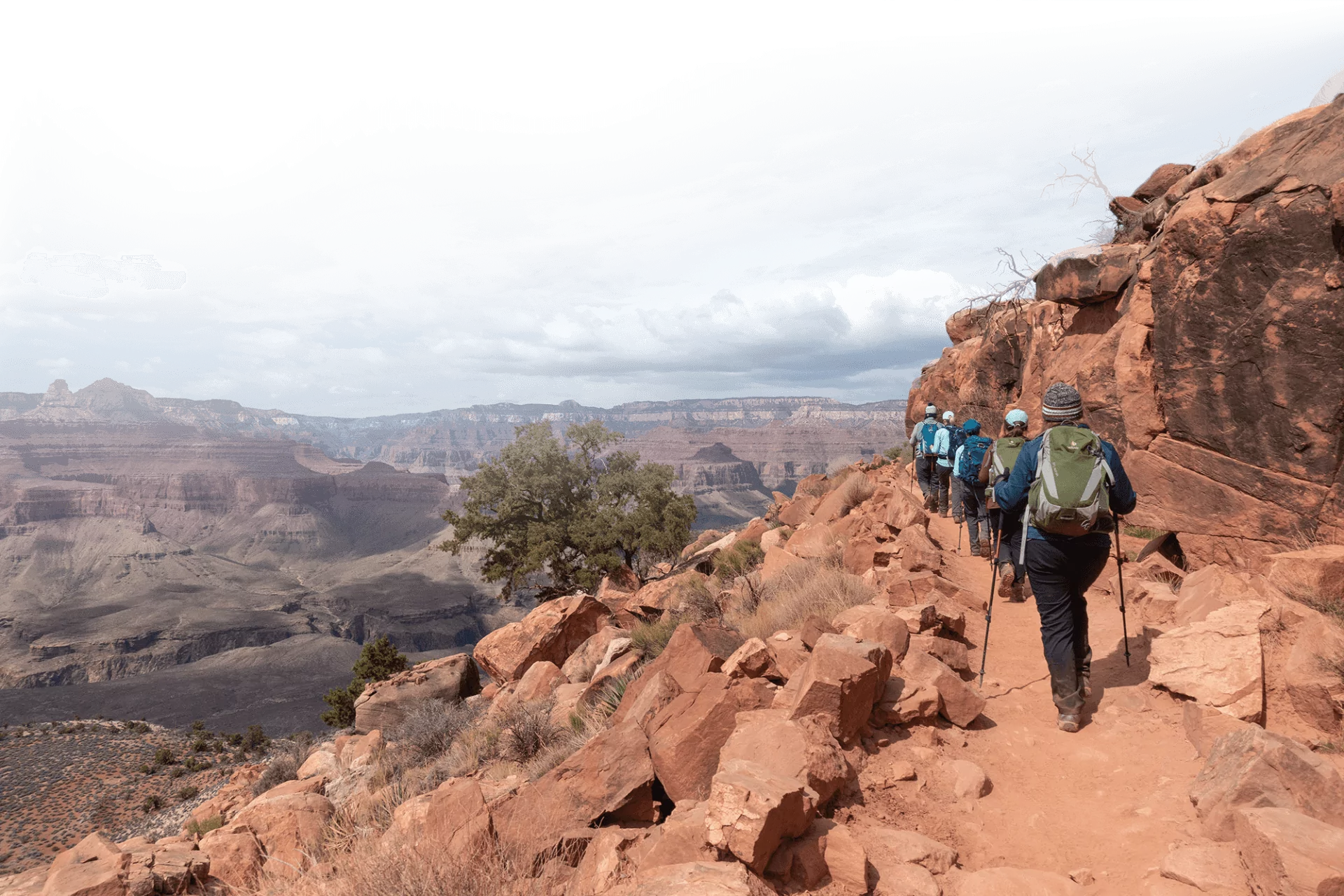How Much Should Your Backpack Weigh?
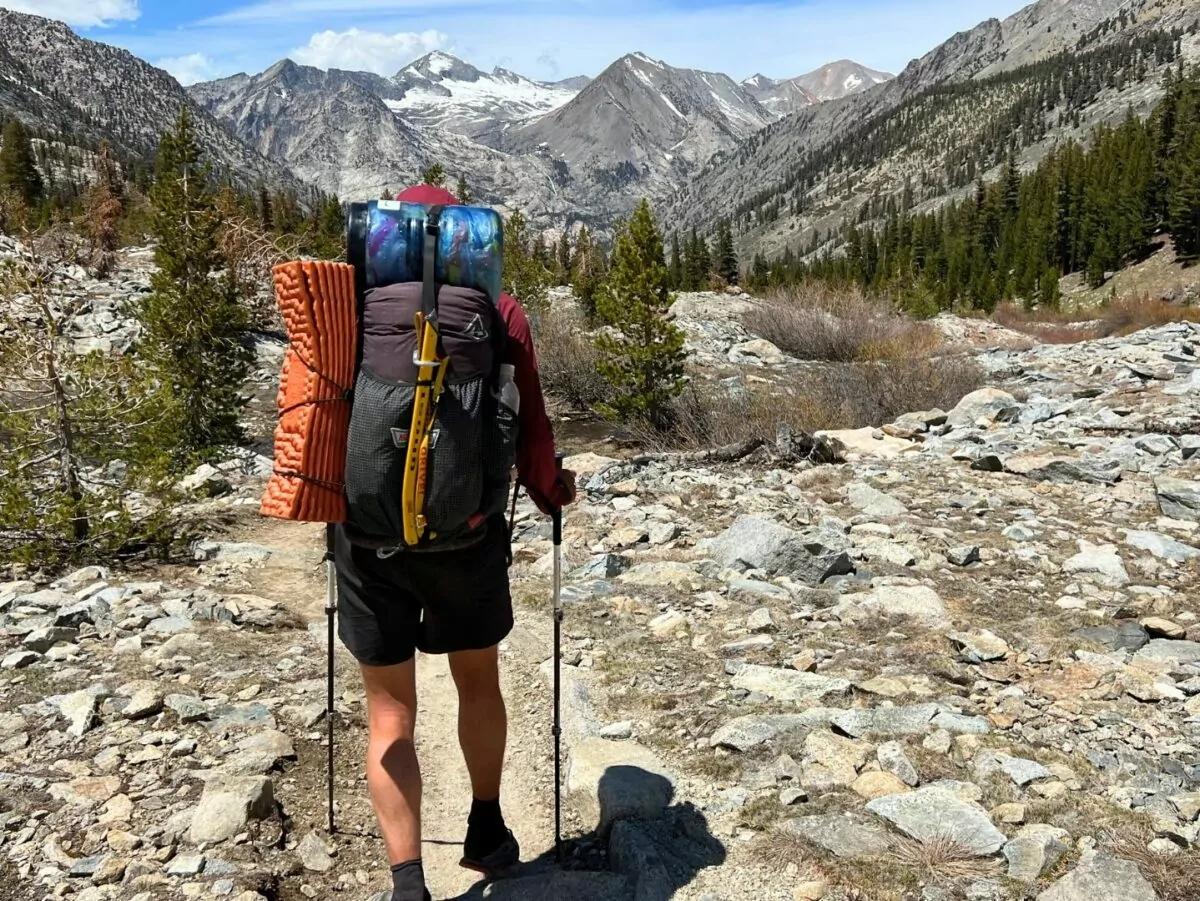
On one of my first long distance hikes, I crossed paths with a hiker who’s pack looked more like a daypack than something you’d live out of for five months. I asked him how he fit everything. He shrugged and said, “I don’t carry what I don’t need.” That stuck with me.
A question I often get is, how much should my backpack weigh? It’s a simple question and the answer is – it depends on the circumstances. There is not a magical right or wrong number. Whether you’re heading out on your first weekend trip or a six month odyssey, backpack weight shapes the whole experience. It influences how far you go, how well you sleep, what hurts by the end of the day, and, maybe most importantly, how much you enjoy the walk.
Guided Beginner BACKPACKing Trips
Base Weight and the Backpack Itself
Let’s start with the basics. When people ask about backpack weight, they’re usually talking about “base weight” and this is defined as the total weight of your gear, not including food, water, or other consumables. Think of it as your daily burden, the load you always carry. For newer backpackers, that number ranges between 20 and 30 pounds. Ultralighters aim for sub-10. However, adjusting for season, terrain, and mission are critical factors which will influence backpack weight.
A classic full-featured pack such as the Deuter, Osprey, or Gregory, backpacks often used on guided trips, might weigh 4 to 5 pounds on its own. That’s a solid chunk of your base weight, but it’s also rugged, padded, and adjustable. It fits most people well and doesn’t punish you if you don’t dial your gear down to the ounce. And, I would recommend beginner backpackers focus on the joys of backpacking rather than stressing over a spreadsheet counting ounces. On shorter trips, a heavier pack isn’t a deal breaker. In fact, the comfort they provide can be well worth the trade off.
Then there’s the other side of the spectrum. Packs with a no frame or a minimal frame, minimal padding, and no extras. Pack’s such as this often weigh under 2 pounds, with common brands being Hyperlite Mountain Gear, Palante, and Z-Packs. Your shoulders will know if your gear list isn’t honed and you’ll likely spend more money for less material.
With the two ends of the spectrum explored, it is essential to remember that not all backpack weight is bad. Weight can come from features: extra padding, suspension systems, rigid frames, ventilated back panels, and multiple compartments. These design elements exist for a reason—they make carrying weight more comfortable and manageable. If you’ve ever had a pack that sat too high on your hips or dug into your shoulders, you know how much this affects the quality of the experience.
But those same features add weight. And the heavier your backpack starts, the less wiggle room you have for other gear. That’s why I encourage backpackers to look at their pack as part of the overall system, the ideal pack will be dependent on what the mission of your outing is. A 5-pound pack might make sense if you’re carrying a 25-pound base weight. But if you’re able to use all ultralight gear, that same pack becomes a heavy anchor in a minimalist setup.
Cost
Reducing backpack weight often costs more money. Lightweight and ultralight packs use advanced materials like Dyneema or UltraWeave that are both strong and light. But those materials are expensive, and they’re often used in smaller production runs by cottage companies. For instance, a 16 to 32 ounce ultralite pack might run you $300. Meanwhile, a 5-pound classic style pack with a full suspension system might be half that price.
So how much should you spend? Only what you need to. If you’re just getting started and you’ll be joining guided trips, you probably don’t need to invest in ultralight gear right away. You’re better off learning what works for you and investing in going on trips. Knowledge is cheaper than gear and weighs nothing.
Lightweight vs. Traditional
Heavier Traditional Backpacks
(Deuter, Osprey, Gregory)
Pros:
- Superior padding and support
- Durable and built for wear and tear
- Adjustable to fit a wide range of body types
- Often has better ventilation and organization
Cons:
- Heavier, often 4–6 pounds on their own
- Bulky for minimalist loads
- May encourage overpacking
Lightweight backpacks
(Hyperlite, Palante, Z-Packs)
Pros:
- Lower backpack weight means less strain on the body
- Encourages intentional packing
- Better for long distances and faster movement
Cons:
- Less comfort, especially under heavier loads
- Less forgiving of poor gear choices
- More expensive per ounce saved
This isn’t a case of one being better than the other, it’s a matter of what’s right for the trip and for the person carrying it. On shorter trips, using heavier traditional backpacks is a fine option. They’re comfortable, easy to fit, and versatile across a variety of conditions. Hikers can then focus on enjoying the trip, not fiddling with a stripped-down system that punishes mistakes.
Which Is Right for You?
Ask yourself a few questions:
- How long are your trips?
- Do you value comfort at camp or efficiency when hiking?
- Do you have injuries or chronic pain that a lighter load could help?
- Do you like simplicity, or do you prefer to bring extra gear “just in case?”
If you’re the kind of person who enjoys a well-padded hipbelt and doesn’t mind carrying “luxury items” such as camp shoes or a dedicated sleeping outfit, traditional packs are probably your best bet. And there’s no shame in that. In fact, for most people starting out, traditional setups are the right tool for the job. You’ll have more margin for error and more comfort at a lower cost, so you can find out if you like backpacking before making a large investment in ultralight gear.
On the other hand, if you’ve already got the miles under your feet and are ready to streamline, it might be time to rethink your backpack weight. Start by reducing weight with your tent and sleep system, then follow that up by reducing the weight of your clothing layers. Lastly, once your overall gear list supports it, consider investing in a lighter pack with the corresponding volume to your gear load.
Don’t rush the process. When you go ultralight too soon, you risk trading safety and comfort for ego. I’ve seen people hit the trail with sub-10-pound base weights and suffer because they didn’t know how to use their gear, or did not want to add weight despite colder weather conditions requiring specialized gear. Lightweight backpacking is a skillset, not just a shopping list. The caveat worth mentioning here is that this advice is most applicable to someone who is looking to take trips in the overnight to two week range.
If you are planning a multi-month thru hike, I implore you to invest both your time and money finding the lightest kit that works for you. Even in this situation, finding the right setup for you can be a process of trial and error. I strongly believe that using an ultralight setup increases your chances of success and will reduce the wear and tear on your body.
Finding Balance
As an example of practicing what I preach I will offer this: When I guide, I carry a lot: group gear, emergency equipment, extra food, and sometimes a client’s gear. My backpack weight is higher than I’d like, but I accept that tradeoff. It allows me to serve the group better and to have more tools to help mitigate risks. When I go out on personal trips, I often carry the minimum amount of tools and gear that are required to mitigate the potential risks of the outing.
You’ll face tradeoffs too. Every ounce you carry is a choice and making smart choices is what we want to aim for rather than going lighter just for the sake of a lighter pack.
Try different setups. Borrow gear if you can. Take trips of varying lengths and difficulty. And most importantly, pay attention to how your body feels during and after a trip. That’s the most honest feedback you’ll get about your backpack weight.
In the end, it’s not about chasing a number, it’s about making your time in the mountains more joyful, more sustainable, and more yours.



